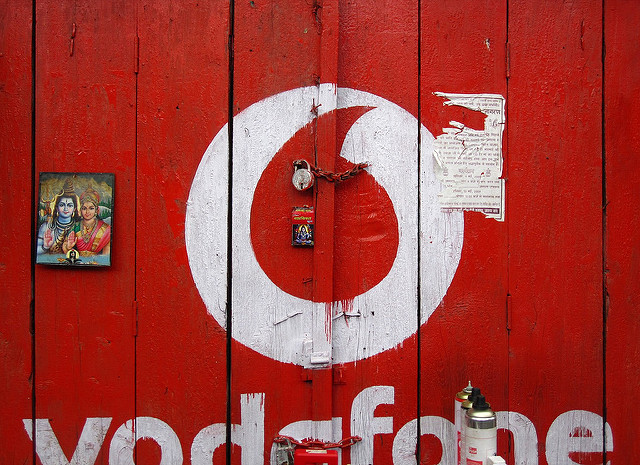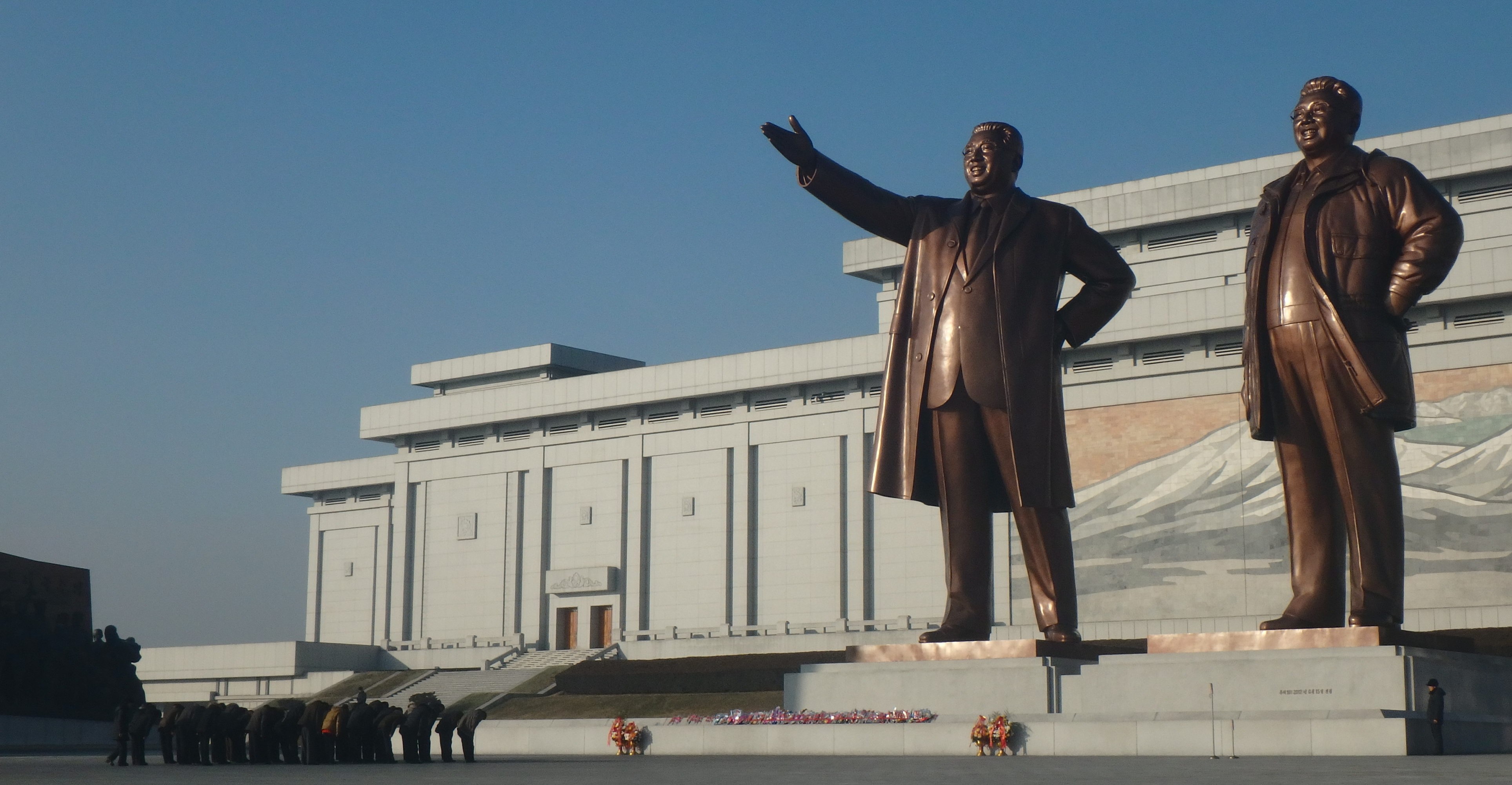In his address at the opening of the current session of the Human Rights Council (HRC), the High Commissioner, Zeid Ra’ad Al Husseini announced that, since this would be his last address as High Commissioner, he was going to be blunt – and indeed blunt he was.
His first target was the permanent members of the United Nations (UN) Security Council (SC) and the ‘pernicious use of the veto’, which made those who used it responsible, ‘second to those who are criminally responsible … for the continuation of so much pain … it is they – the permanent members – who must answer before the victims’.




 For our fourth profile of Women in International Law Month, Editor-in-Chief Jennifer Tridgell sat down with the President of the Australian Human Rights Commission (AHRC), Professor Gillian Triggs. She is a highly accomplished international lawyer and academic, with experience on matters from commercial law to Indigenous rights.
For our fourth profile of Women in International Law Month, Editor-in-Chief Jennifer Tridgell sat down with the President of the Australian Human Rights Commission (AHRC), Professor Gillian Triggs. She is a highly accomplished international lawyer and academic, with experience on matters from commercial law to Indigenous rights.